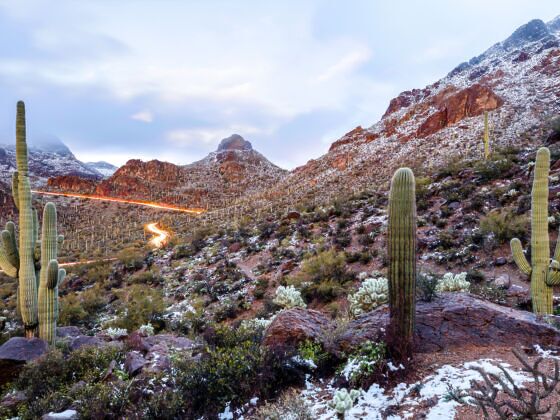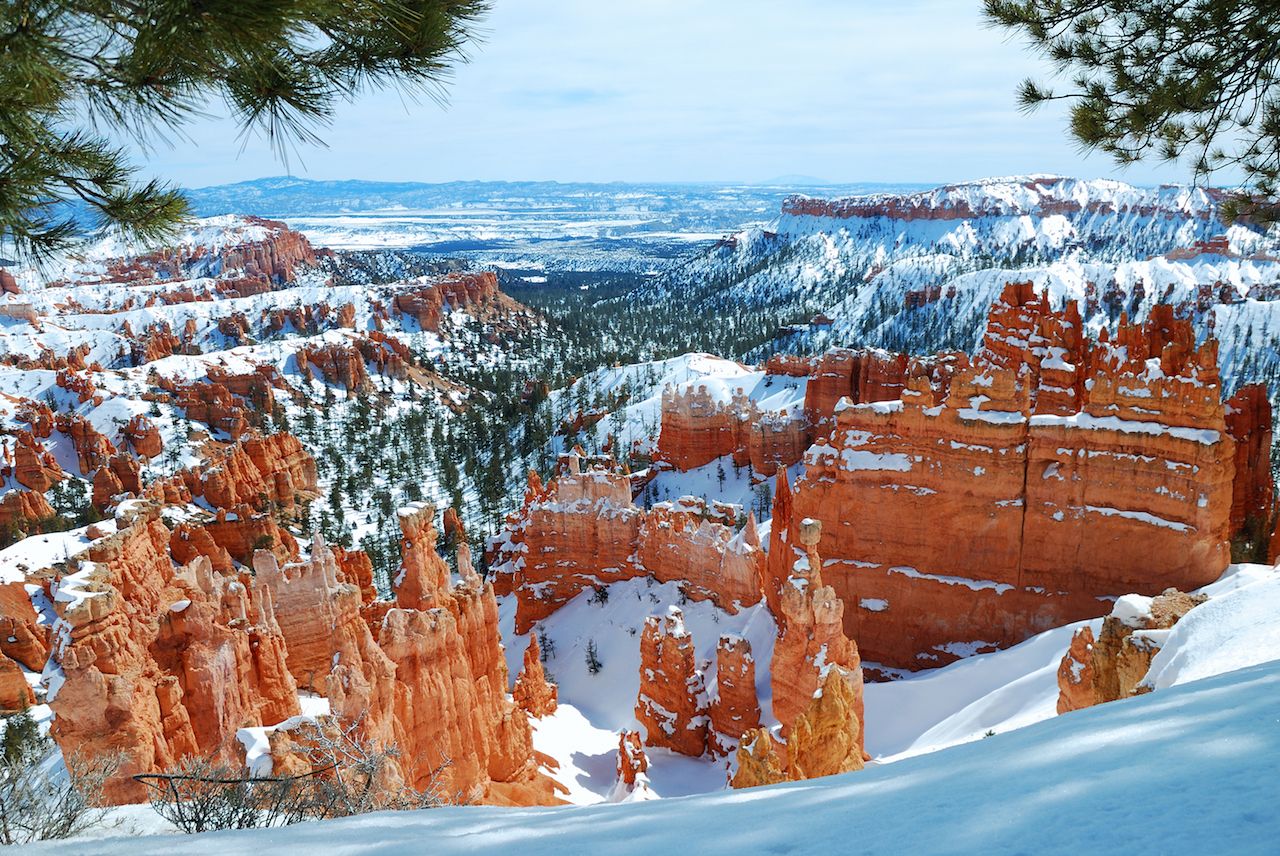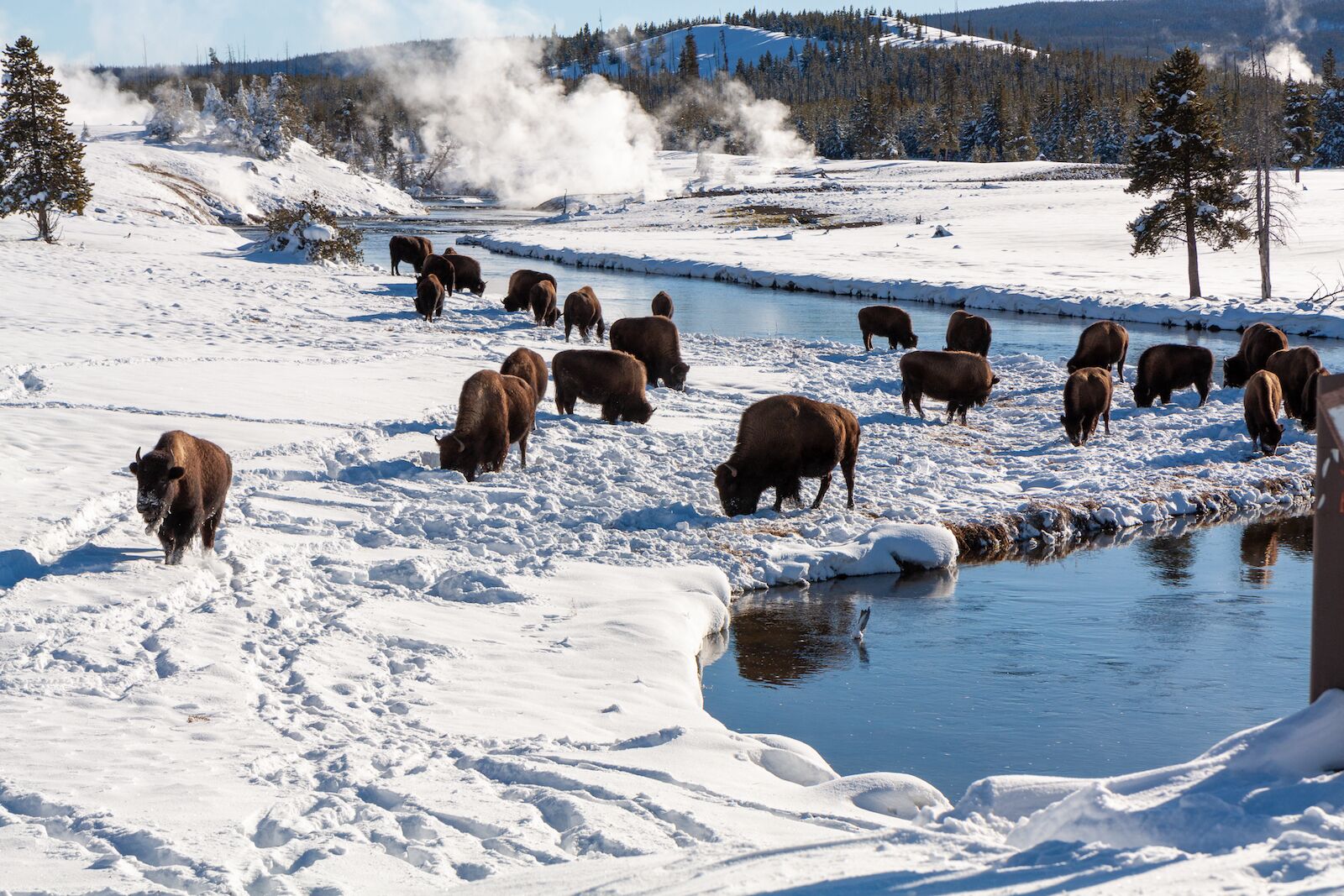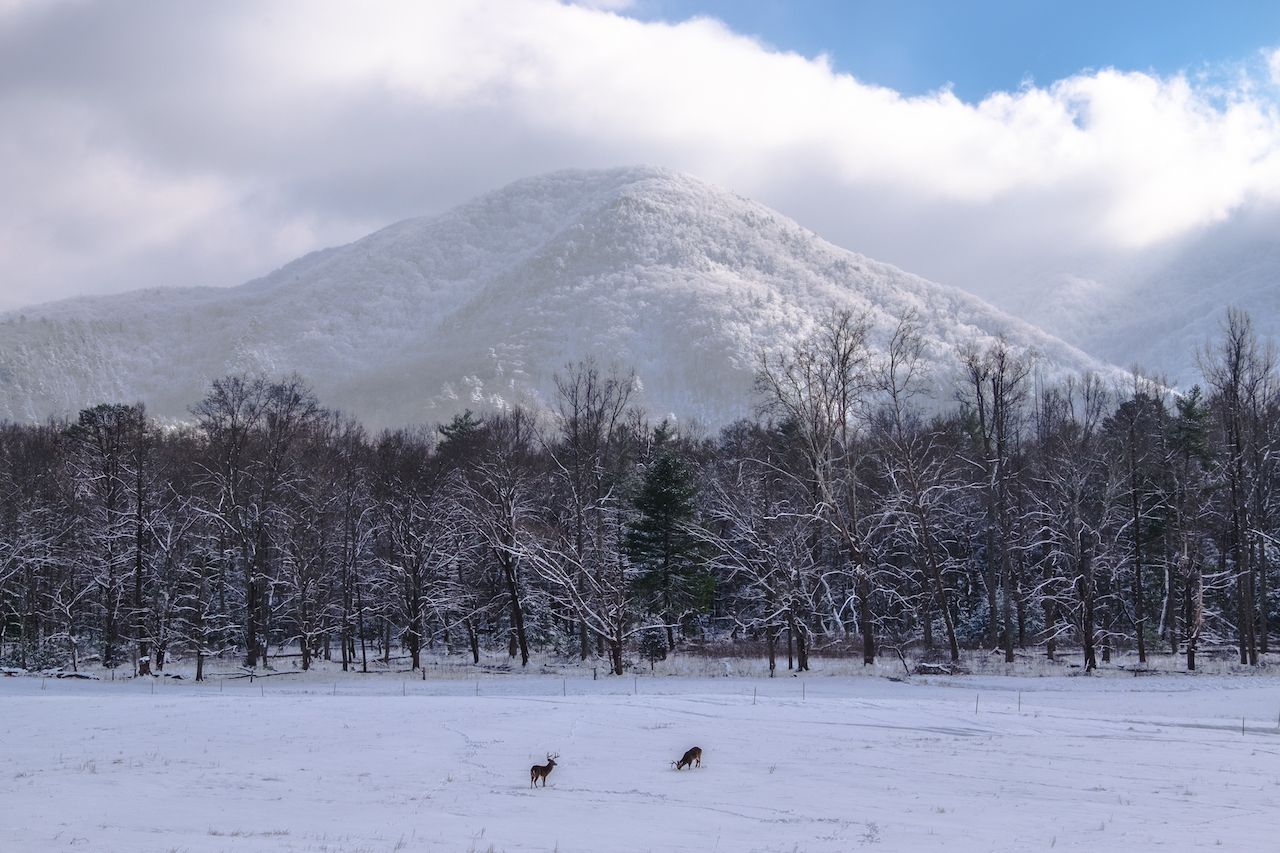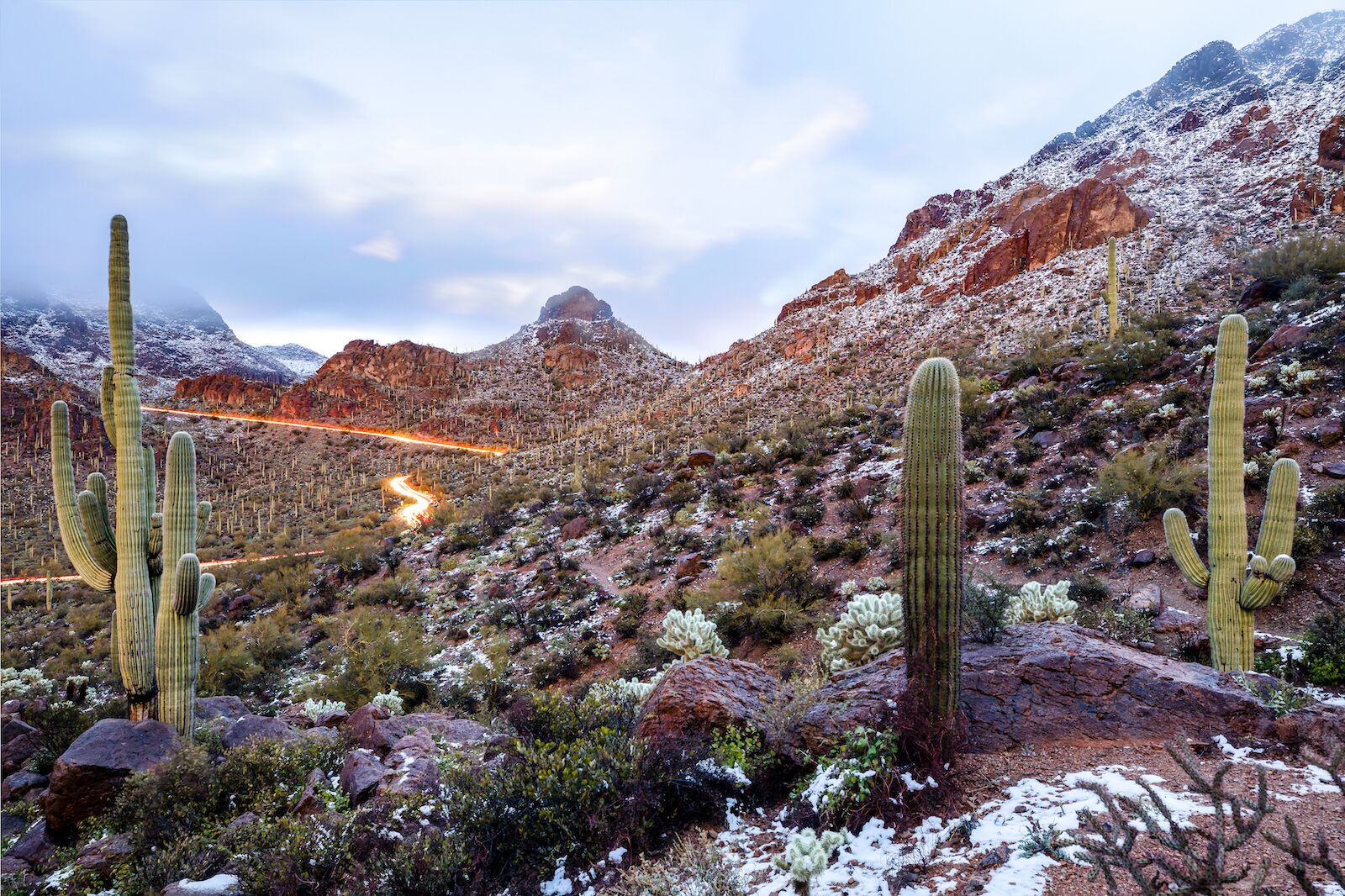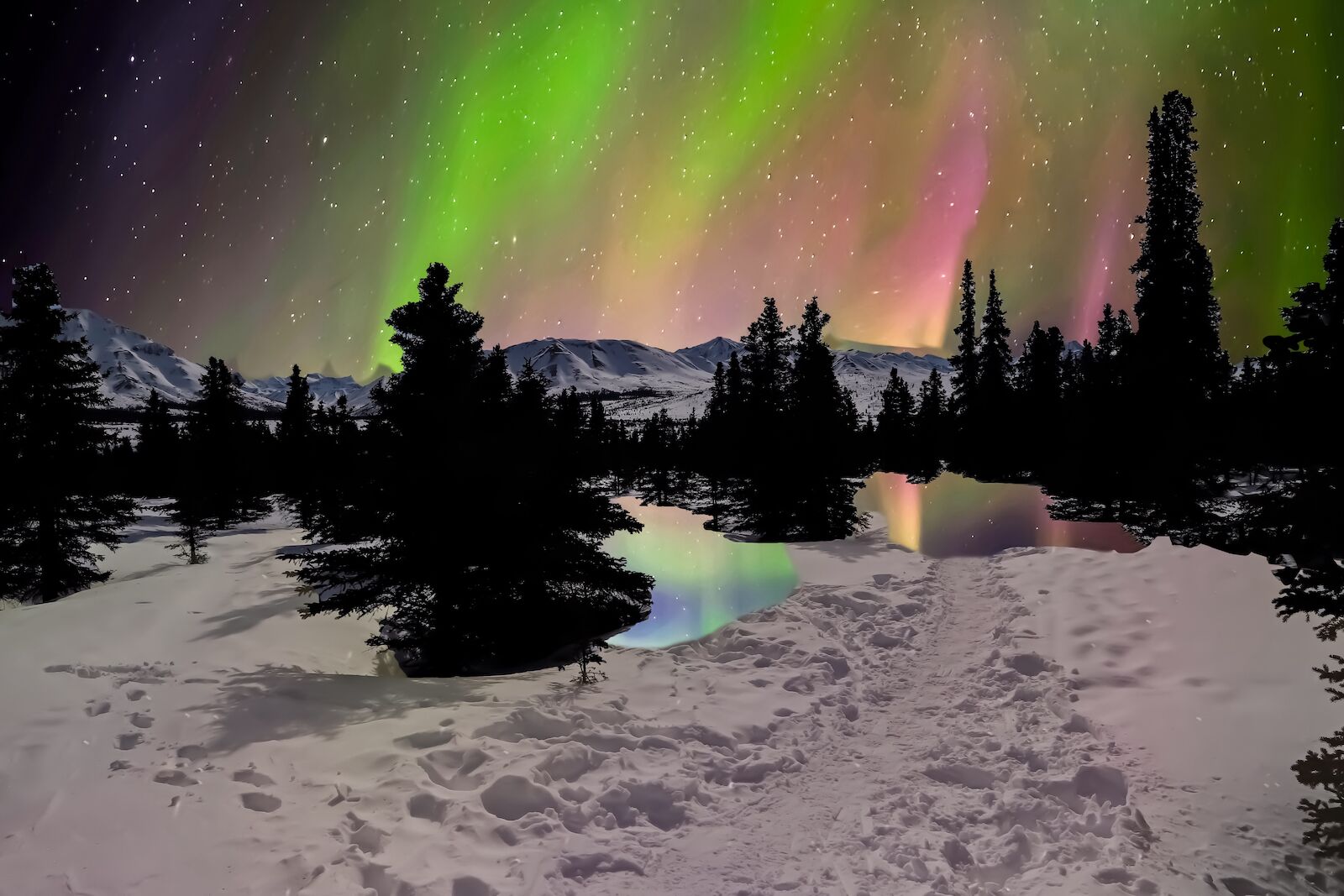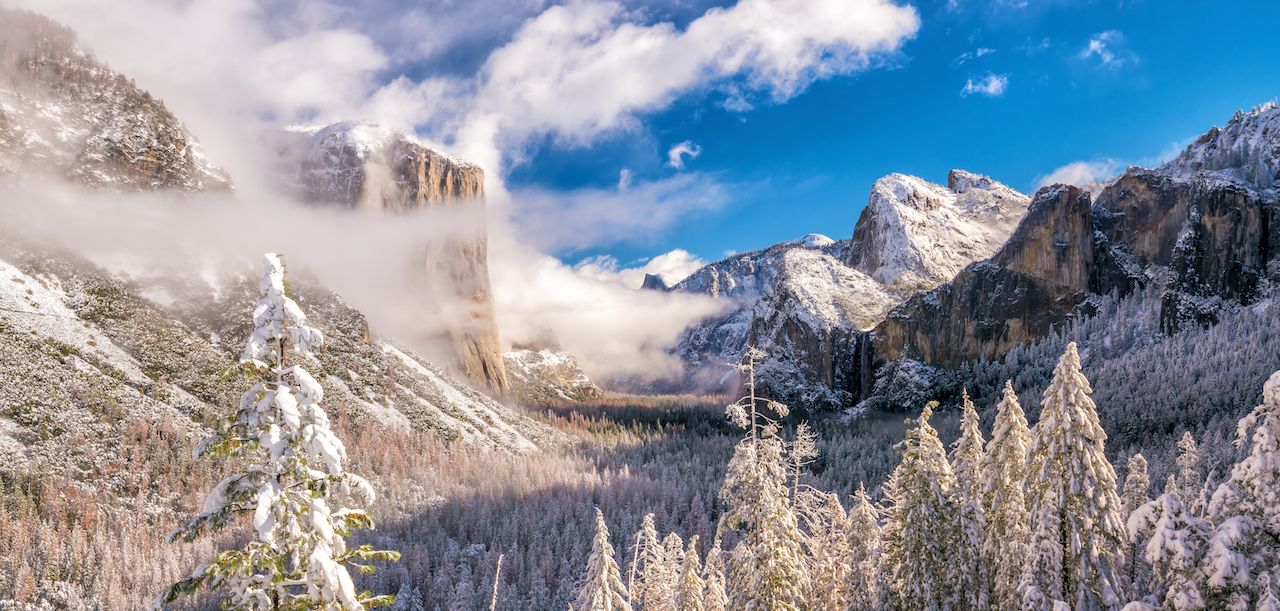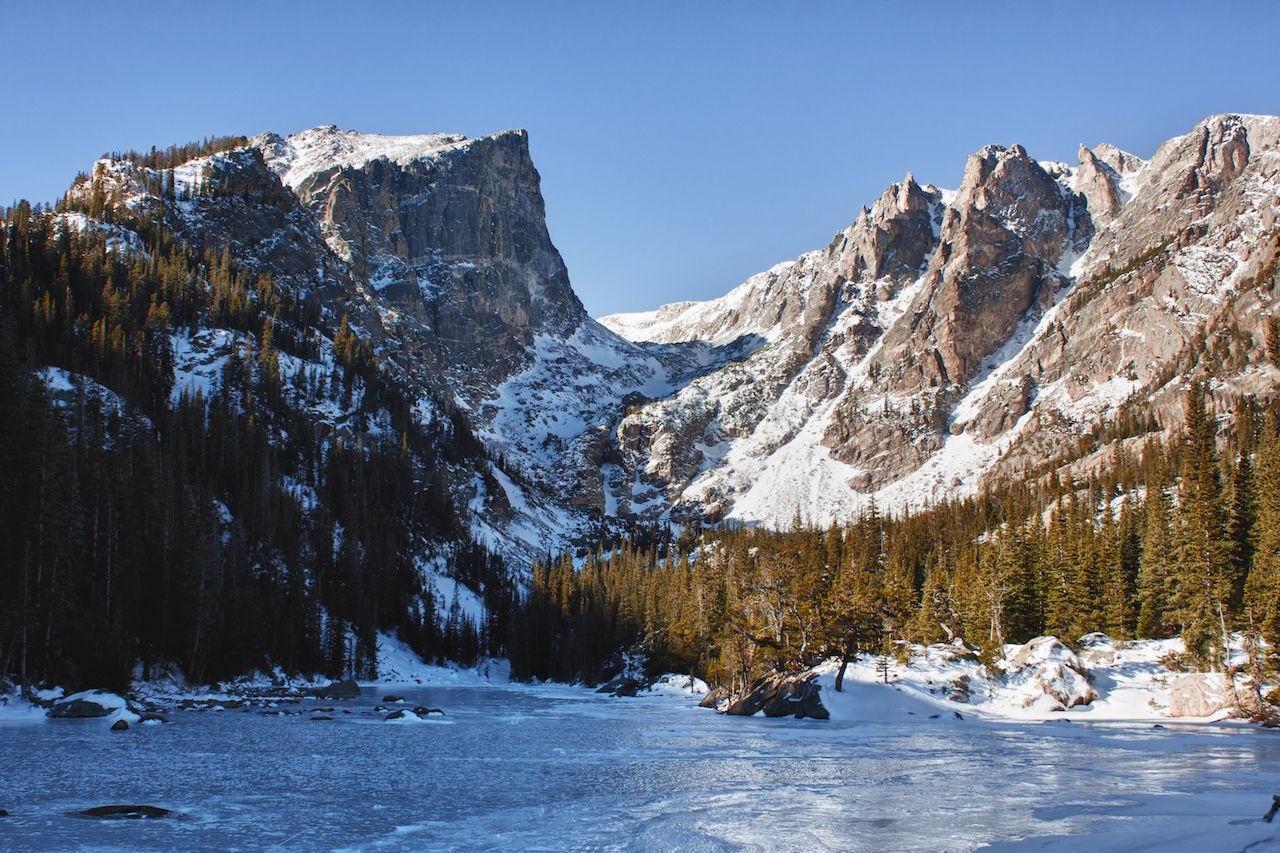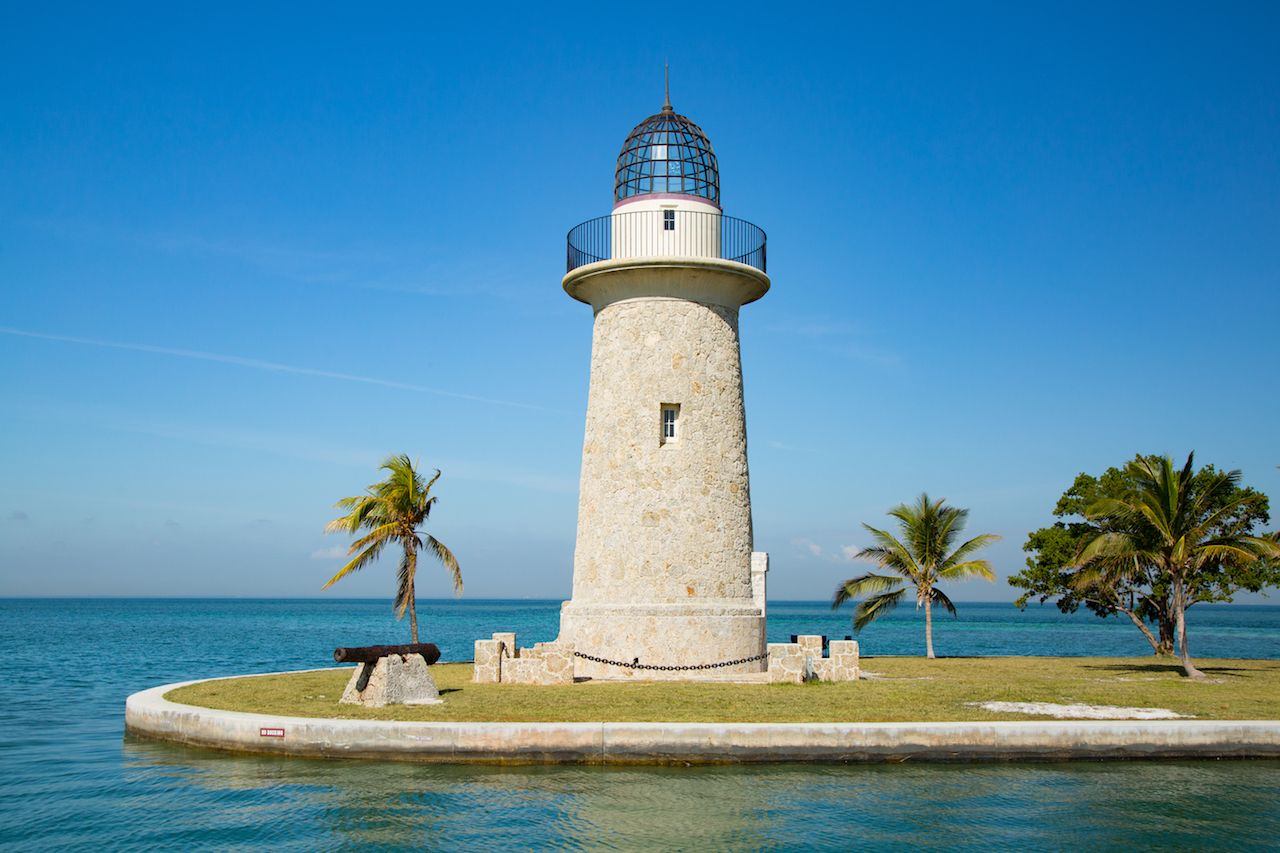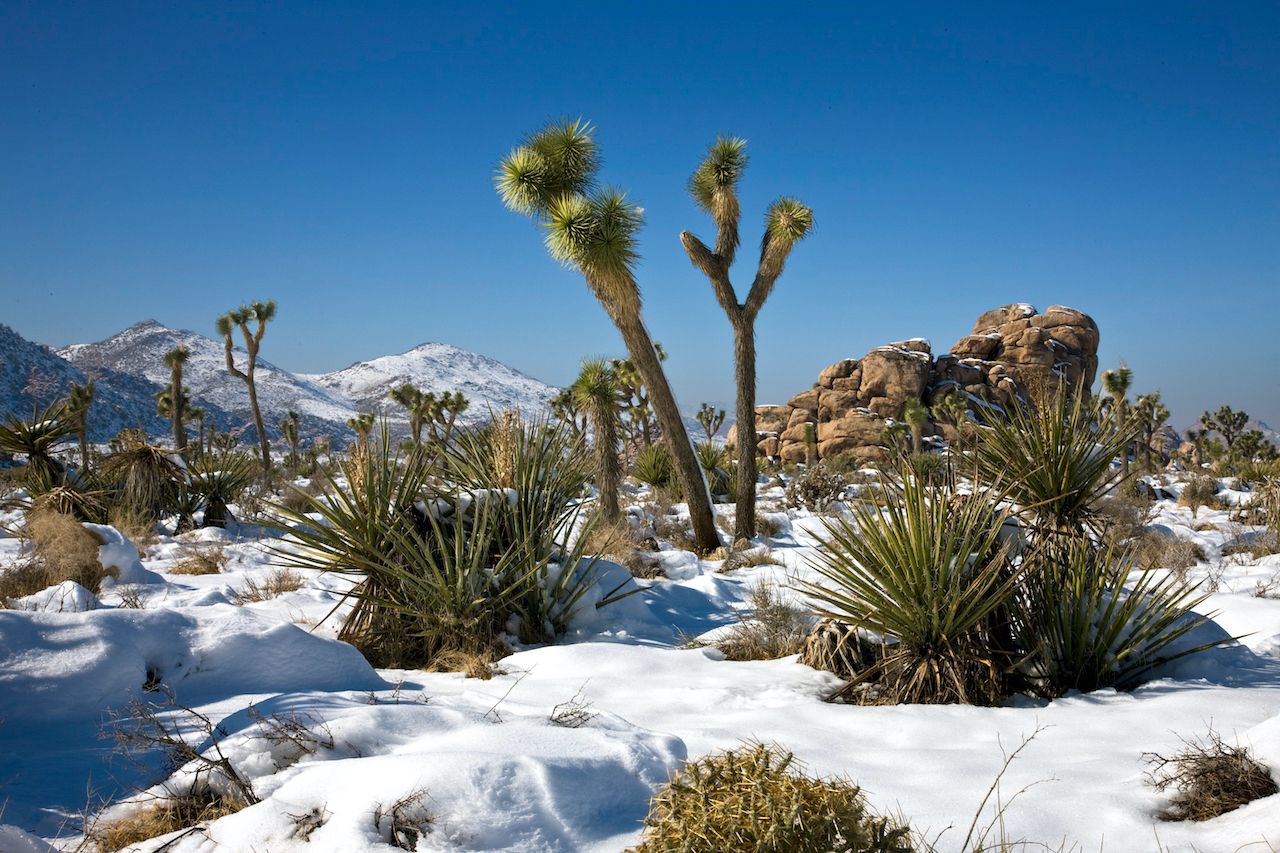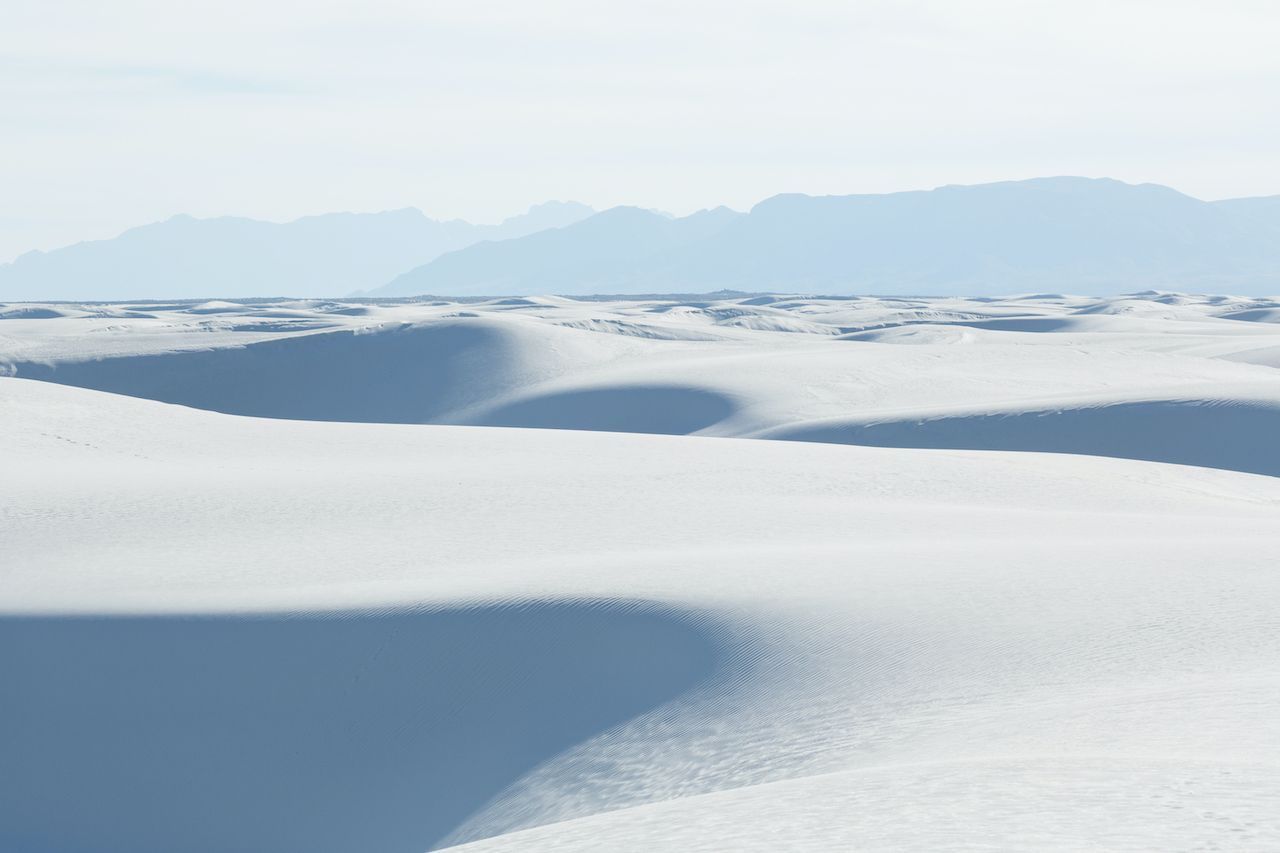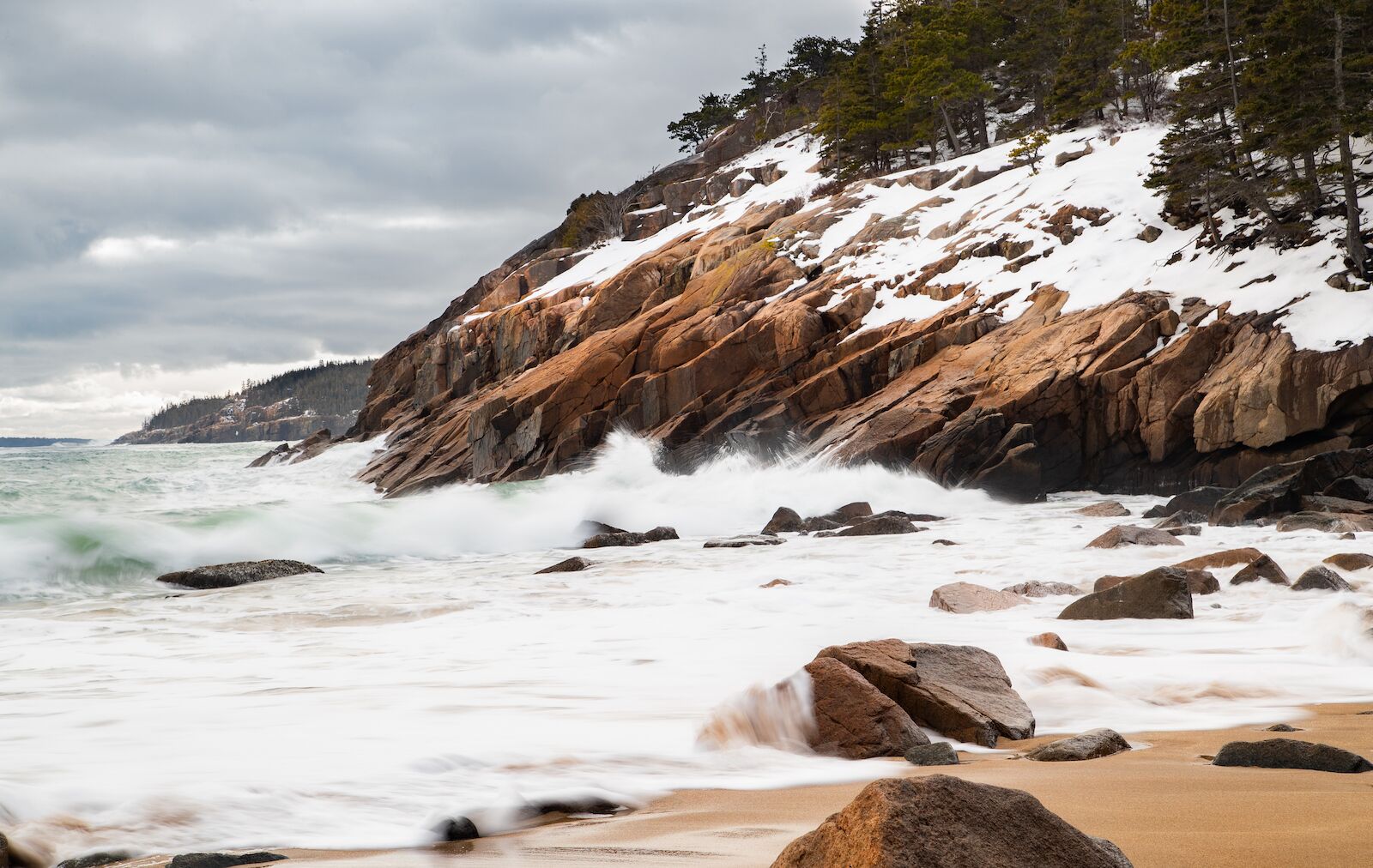Winter may not seem like the ideal time to visit the wilds of a national park, but really there’s no bad time to enjoy the beauty of America’s public lands. Some national parks in temperate or even tropical climates are better to visit in winter when they’re free from the scalding heat of summer. If you don’t mind the potential for a bit of snow, you’ll enjoy relative quiet in some of the larger parks visited en masse during warmer months.
No matter your preference, you’ve got plenty of choices. From Hawaii to Utah, here are the best national parks to visit in winter.
